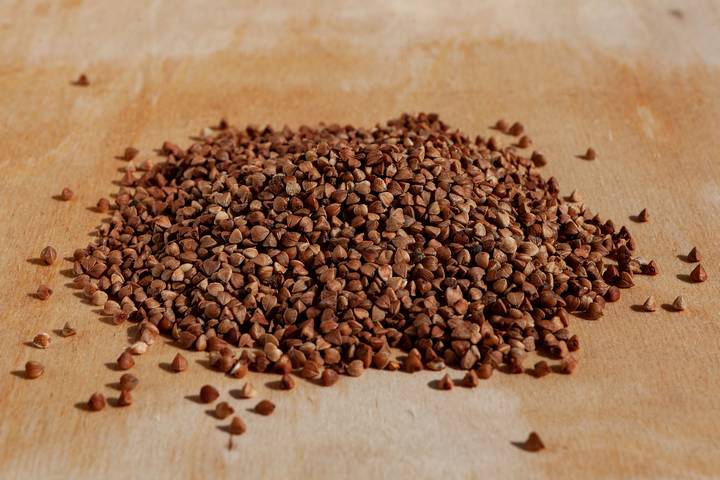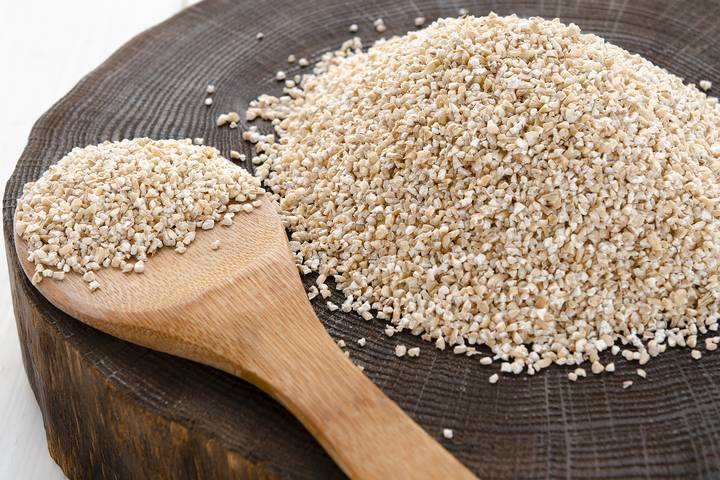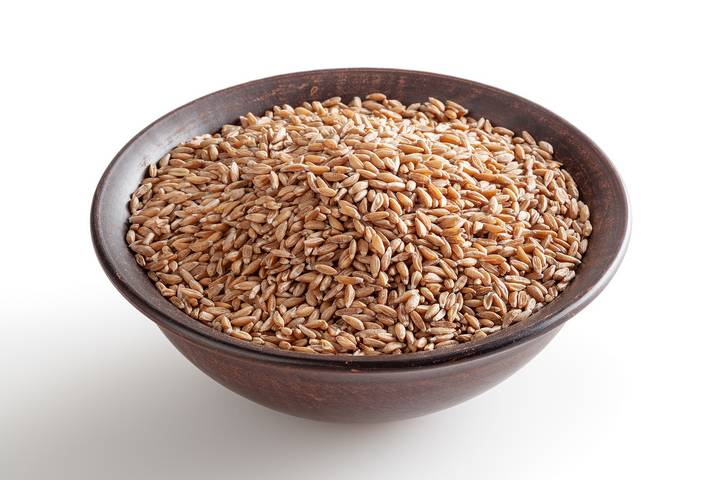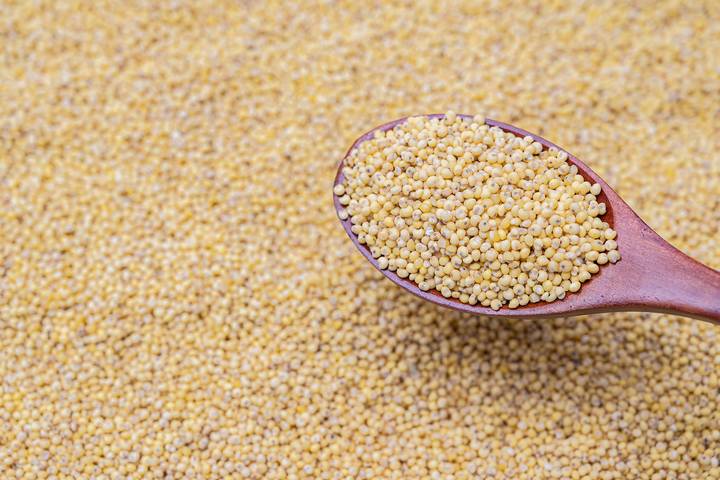Grains are a staple food for many people, and they can add texture, flavour, and nutrients to all sorts of meals and baked goods.
We have probably all eaten corn, rice, and products made from wheat flour. These grains are well-known and very popular, but other grains are commonly eaten for centuries in some parts of the world. Some of them are starting to gain popularity, so you might have heard of them. But have you tried cooking or baking something with them?
Here are the top ten most popular grains of all time:
1. Wheat

Thousands of wheat varieties are being cultivated worldwide, and the most common varieties, such as hard red wheat, soft white wheat, and durum wheat, are very popular.
Unless you have to stick to a gluten-free diet, you have certainly eaten breakfast cereals, bread, pasta, noodles, cookies, and cakes made from wheat flour. Of course, products made from whole wheat flour are better for our health than those made from refined flour.
2. Rice

White rice is another popular grain, but brown rice, which still has its bran layer, is richer in fibre, vitamins and minerals. Brown rice is chewier than white rice, but it can replace in any recipe.
A hundred rice varieties are being cultivated. Whole grain rice can be brown, red, or black, which gives you a good excuse to try different varieties.
3. Corn

While sweet and juicy corn on the cob is eaten as a vegetable, corn is a type of grain, and many varieties are cultivated to be turned into corn flour, cornmeal, corn starch, and many other food products.
We usually eat yellow corn, but there are many different varieties of corn out there. Some popular types of corn include orange, red, pink, brown, white, purple, blue, and black.
4. Quinoa

Quinoa is not a true grain but a pseudo-cereal. Despite this, it is considered a grain and quite a popular one.
Quinoa is rich in protein, fibre, and magnesium, and it doesn’t contain any gluten. It has a grassy and nutty taste when boiled in water, but it’s also possible to prepare baked goods with quinoa flour or add some cooked quinoa grains to your recipes.
5. Oats

Oats are popular grains that are always eaten whole since the outer layers of each grain are not removed. Instead, the whole grain is flattened or cut into small pieces.
Oats are a great source of fibre, antioxidants, minerals, and vitamins. On top of being nutritious, they can help lower our cholesterol levels and improve blood sugar levels. This grain is often eaten like oatmeal but can also be used to make granola, muffins, cookies, and more.
Farmers grow oats on farms during the summer or fall seasons. These crops typically don’t require lots of effort or maintenance to grow. However, farmers must be mindful of their climate conditions. Grain bin monitoring systems ensure the oats are stored under optimal conditions to maximize their quality.
6. Amaranth

Amaranth is another pseudo-cereal that is being used and consumed like a grain. Those tiny seeds are gluten-free, rich in fibre and vitamins, and have a mild nutty taste.
You can bake with amaranth flour, eat amaranth as a porridge, add it to a soup, a stew, or any dish that could use some extra crunch.
7. Buckwheat

Buckwheat is another grain that’s not a true grain, but the fact that it’s gluten-free and rich in fibre and antioxidants makes it a popular food staple for many people. Eating buckwheat regularly is good for your heart, and it can help lower blood pressure and manage diabetes.
You can prepare baked goods with buckwheat flour or toast these brown seeds and add them to any dish to enjoy their nutty flavour.
8. Barley

Barley is a dense and chewy grain rich in fibre, vitamins, and antioxidants. To enjoy some extra health benefits, it’s best to prefer whole barley to pearled barley.
This grain can be boiled and eaten just like rice, but it’s also perfect for stews, soups, salads, porridge, etc. It’s even possible to make roasted barley tea.
9. Spelt

Like many other popular grains, spelt has a chewy texture and a nutty taste. It is rich in protein and fibre and closely related to common wheat. Spelt flour is frequently used for baking bread and other goods.
Spelt can aid digestion, control cholesterol levels, and improve blood circulation. It can be cooked just like pasta or added to salads and other dishes.
10. Millet

Finally, millet is a gluten-free grain that is currently growing in popularity. Whole millet can be cooked and eaten like rice, and it is, in fact, the staple food of some populations.
Like other grains mentioned in this list, millet is rich in fibre, vitamins, and minerals and can be used to make pasta, bread, porridge, and baked goods.




